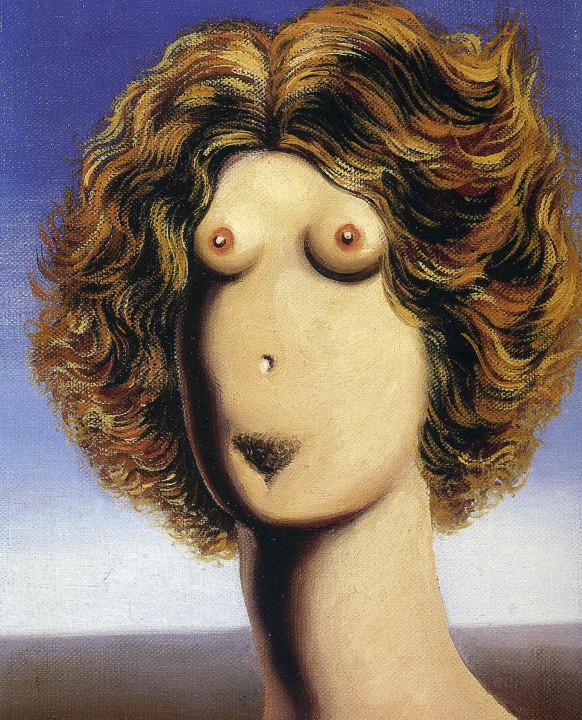
Rene Magritte was a surrealist artist from Belgium, whose work was well know for its thought provoking and witty nature. He challenged his audience’s perception of reality. Le Viol (aka The Rape) was painted in 1935, and is considered highly controversial. The Rape is a simple image of a woman’s head, but the facial features have been replaced with those of a woman’s torso. She has breasts in place of eyes, a navel instead of a nose, and the beginning of a pelvis instead of a mouth and chin. Magritte used this kind of severe and lewd imagery in order to very directly express his point.
The meaning behind this artwork is overwhelmingly obvious: the overlay of a female torso onto a woman’s face exemplifies the way in which we as a society objectify women. More specifically Magritte is showing that men see women only for their bodies. The Rape takes a face, the first thing one usually sees of another person, and turns it into a sexual image. This signifies that when looking at a woman, a man is not seeing her face, but rather her body. The eyes are said to be the window o the soul, and by taking them away the woman becomes a body without a soul. Magritte has shown that women are seen solely as faceless sexual objects and not as people.
Magritte has made an “ideal” woman. With breasts instead of eyes, she is blind. With a belly button instead of a nose, she cannot smell. With a pelvic area instead of a mouth, she cannot speak. He has created a woman that is senseless and voiceless, and thus a woman that has no presence. She exists solely as a body meant to satisfy mans most primal desire.
Beyond the obvious portrayal of an objectified woman, The Rape includes some slight parallels to Magritte’s own life. When he was 13, Magritte’s mother committed suicide by jumping into and drowning herself in the Sambre River. Apparently, this was not the first time she had attempted to take her own life and she had been self-harming for several years. A few days after she was reported missing, her body was found a mile down the river. When authorities pulled her out of the water she was completely naked, except for her face, which was covered by her tangled nightgown. Young Magritte bore witness to the event, and aspects of her death often appear in his works of art. Women, completely bare and exposed, except for their faces.
Magritte’s main goal with his art was to shock the audience into deliberation and action against what they considered to be normal, and The Rape did just that. Deeper analysis of The Rape points to another rather striking aspect of the work that is less distinct but highly controversial. The way the head and neck have been painted, they seem relatively flat, and the hair also seems unnatural. Magritte has painted a double meaning into this work, one that is harder to determine and takes a bit of time to see and comprehend. The flat head and neck are representative of male genitalia, and the hair has the appearance of pubic hair. With the head and neck merging into the hair, Magritte has painted the act of rape itself.
As an artist he wanted to frighten and provoke people, and this painting accomplished that. Upon this realization an observer becomes even more uncomfortable than they were before. The heinous act of rape is right before your eyes, and the most disturbing part is the amount of time and thought that goes into figuring this out. Magritte causes you to think about what you are seeing and what it could possibly mean. He forces you to work to understand what you are seeing, and when you come into the knowledge that you are viewing the act of rape itself, you cannot deny or unsee it.

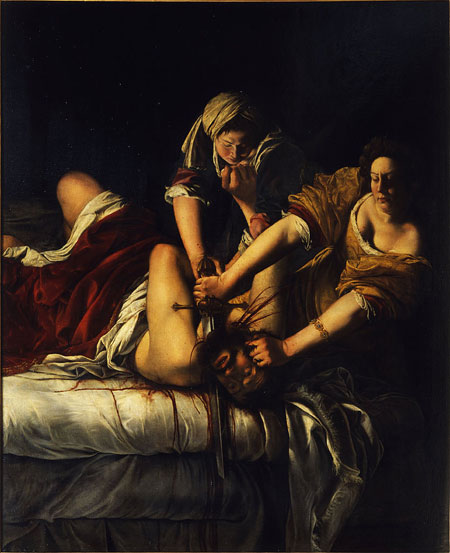
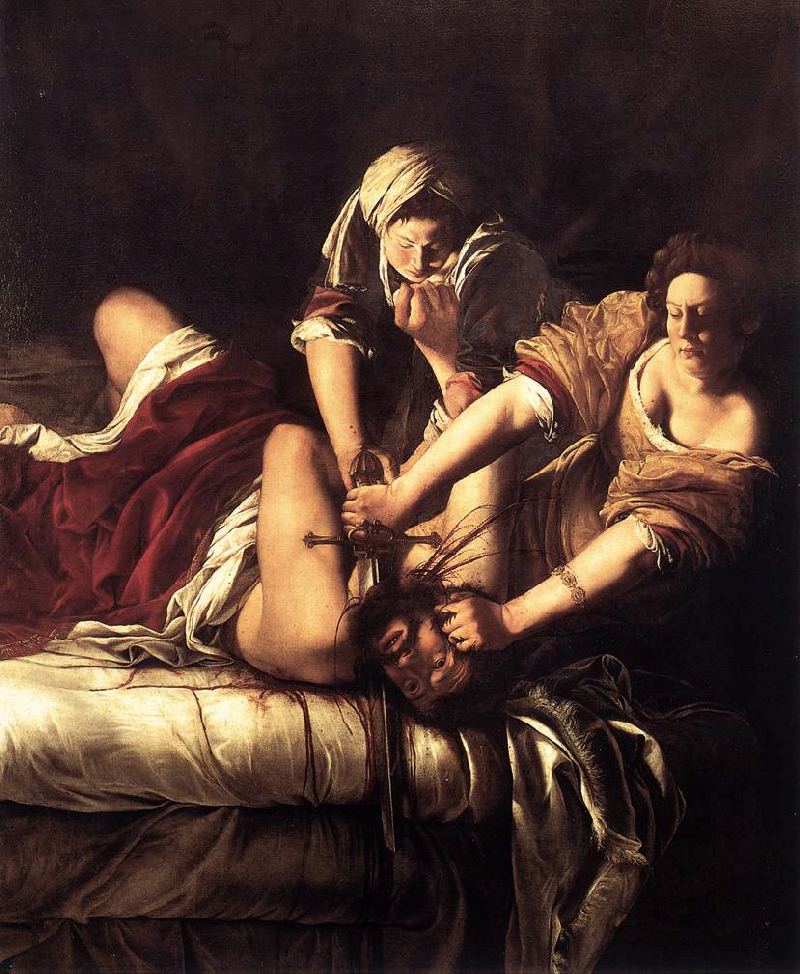
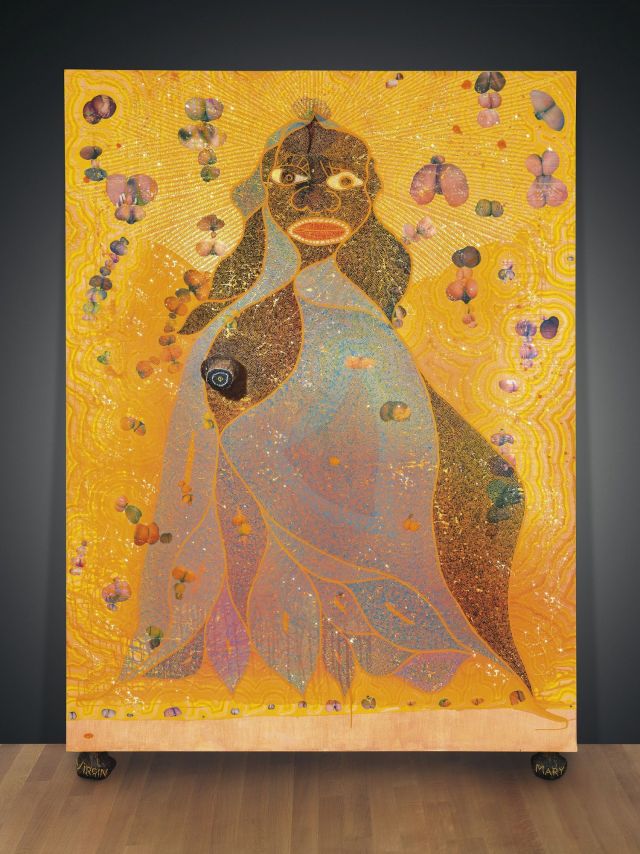


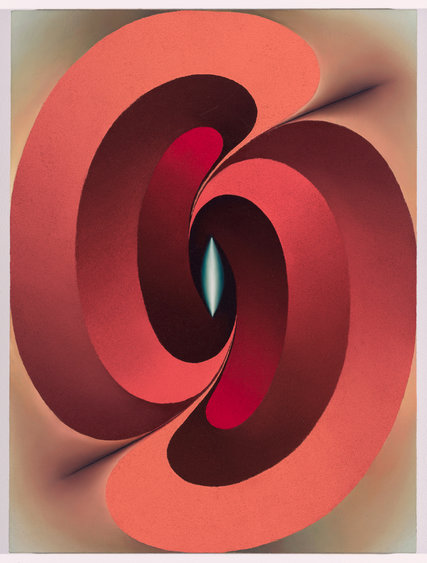

The painting aims to convey the objectification and dehumanization of women, emphasizing the way society reduces women to mere sexual objects.The painting’s imagery presents a powerful critique of how women are often reduced to their physical attributes, disregarding their individuality, thoughts, and emotions. The absence of facial features, which are traditionally associated with identity and communication, suggests a loss of agency and personhood. Magritte’s transformation of a face, the window to one’s soul, into a sexualized image underscores the pervasive objectification of women in society.
Rene Magritte’s artwork, “Le Viol” (The Rape), is indeed a thought-provoking and controversial piece that challenges our perceptions and societal constructs. By juxtaposing the female torso with a woman’s face, Magritte aims to convey the objectification and dehumanization of women, emphasizing the way society reduces women to mere sexual objects. The painting’s imagery presents a powerful critique of how women are often reduced to their physical attributes, disregarding their individuality, thoughts, and emotions. The absence of facial features, which are traditionally associated with identity and communication, suggests a loss of agency and personhood.
Magritte’s artwork is very smart art. This art exactly reflects the sad reality of how women have been perceived on social media and in the modern world. It is all about their body and body image more than their strength and intellectual abilities. This piece of art is doing a great job presenting the story of one of the modern embedded crimes done to women. In today’s world, social media and other advertising means purposely intend to show women as sexual objects to justify their mistreatment and weaken their entity and voice in society. This has been revealing a profound impact on young girls who are becoming very obsessed with the perfect body image and standardized beauty at a very young age. Unfortunately, this is very problematic to the degree to which so many girls are unconsciously developing low self-esteem and other mental disorders.
Rene Magritte did a great job turning a usual “object”, a woman’s face, into something unusual, the act of rape. It reminds me news articles about rape would only show pictures of the victim, as to elicit a reaction. And victims of rape don’t always go to the police because of the trauma of repeating the story over and over again. This must be how they felt when people look at them, as if they are no longer a person, just objects.
I think what this artwork is trying to convey is relevant even now. Women are still viewed as objects by men and as equals. Throughout history, women played the role of housemaker and servant to their husbands, and that mentality is still prevalent throughout laws and cultural expectations. We are expected to listen to men without question, but I am glad that now women are trying to fight back for their right to be heard and viewed as an equal and not a subordinate.
I liked Magritte’s work from before but it is the first time I am seeing this. My first impression of this work was just shocking. I was confused about the meaning, and now I just regret not trying to interpret it for a while. There are so many artworks that I cannot get the meaning of the artwork itself these days. Even though I see the artist’s intention of the art, I cannot see it clearly enough. I personally prefer artwork from that era.
I liked Magritte’s work from before but it is the first time I am seeing this. My first impression of this work was just shocking. I was confused about the meaning, and now I just regret not trying to interpret it for a while. There are so many artworks that I cannot get the meaning of the artwork itself these days. Even though I see the artist’s intention of the art, I cannot see it clearly enough. I personally prefer artwork from that era.
I think this is a piece of art that is going to impact me for quite a while. I really like howe the female form replacing a woman’s face not only represents the objectification of women, but to me it also demonstrates how men often look at women as a gateway to sex, instead of just another person. The painting brings to life how men often view women through the lens of what they can offer and not as who they actually are. The ‘woman’ doesn’t even have a mouth to be able to speak and reject the image that has been given to her.
I think this is a piece of art that is going to impact me for a while. I really like howe the female form replacing a woman’s face not only represents the objectification of women, but to me it also demonstrates how men often look at women as a gateway to sex, instead of just another person. The painting brings to life how men often view women through the lens of what they can offer and not as who they actually are. The ‘woman’ doesn’t even have a mouth to be able to speak and reject the image that has been given to her.
I think this is a piece of art that is going to impact me for quite a while. I really like howe the female form replacing a woman’s face not only represents the objectification of women, but to me it also demonstrates how men often look at women as a gateway to sex, instead of just another person. The painting brings to life how men often view women through the lens of what they can offer and not as who they actually are. The ‘woman’ doesn’t even have a mouth to be able to speak and reject the image that has been given to her.
I think this is a piece of art that is going to impact me for a while. I really like howe the female form replacing a woman’s face not only represents the objectification of women, but to me it also demonstrates how men often look at women as a gateway to sex, instead of just another person. The painting brings to life how men often view women through the lens of what they can offer and not as who they actually are. The ‘woman’ doesn’t even have a mouth to be able to speak and reject the image that has been given to her.
I enjoy the complexity of this art piece because it makes you think about the implications for the art, in addition to the actual art itself. I think this is a very important piece, especially in this day and age. We as a society are constantly fighting for women to be viewed and treated as equals, and while we have made valiant steps going forward, there are still people and societies who view women as objects or only good for specific purposes. I think pieces like this are so important for our society to really think about our actions and how they are affecting future generations perceptions of themselves.
I find this piece very interesting as it captures and immortalizes the idea that women are objects in men’s eyes and that men don’t see a woman’s persona. This piece also piques my interest as it was painted by a man so the idea that a man created this piece to show that society objectifies women is interesting because it demonstrates that there are men out there that are aware of the crimes that can be inflicted on women with the mere idea that men are aware the men objectify women and view them as vessels to fulfill their sexual/lustful needs.